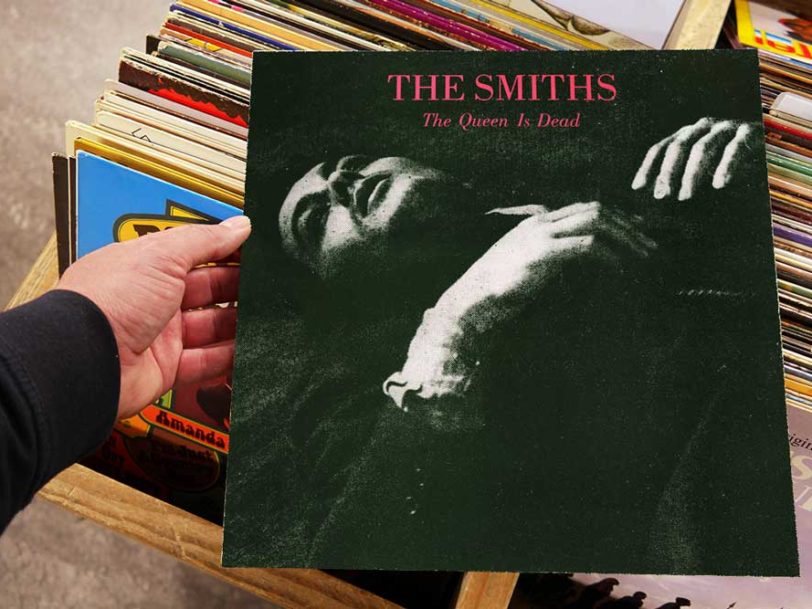While it’s hard to dispute the BBC’s retrospective claim that The Smiths were “the band that inspired deeper devotion than any British group since The Beatles”, you could argue that it took until the release of their third album, The Queen Is Dead, for the group to create a record that matched the promise of their early singles.
The band’s string of classic early singles, from Hand In Glove to How Soon Is Now?, showed exactly why critics ranked Morrissey and Johnny Marr among the most gifted – and original – songwriting teams of their era, yet initially The Smiths faltered on the album front. Their self-titled debut, from 1984, was a potential classic blunted by John Porter’s fussy production, and while their UK chart-topping second, Meat Is Murder, was an undeniably fine record, it still wasn’t quite the “Eureka!” moment their fans craved.
“It was obvious The Smiths were special”
The Smiths, however, were on a roll after the release of Meat Is Murder. They gigged constantly throughout 1984 and 1985, finding ample opportunity to hone promising new songs during soundchecks. In the studio, too, they’d worked up an excellent working relationship with their young engineer, Stephen Street. The two parties first worked together on The Smiths’ fourth single, Heaven Knows I’m Miserable Now, and Street had deftly handled the console while the band took over production for Meat Is Murder. This fruitful partnership would soon play a decisive role in the creation of The Queen Is Dead. “It was obvious [The Smiths] were special,” Street said in an interview for Sound On Sound in 2005. “Morrissey, Johnny and I had a really good working relationship – we were all roughly the same age and into the same kind of things, so everyone felt quite relaxed in the studio.”




